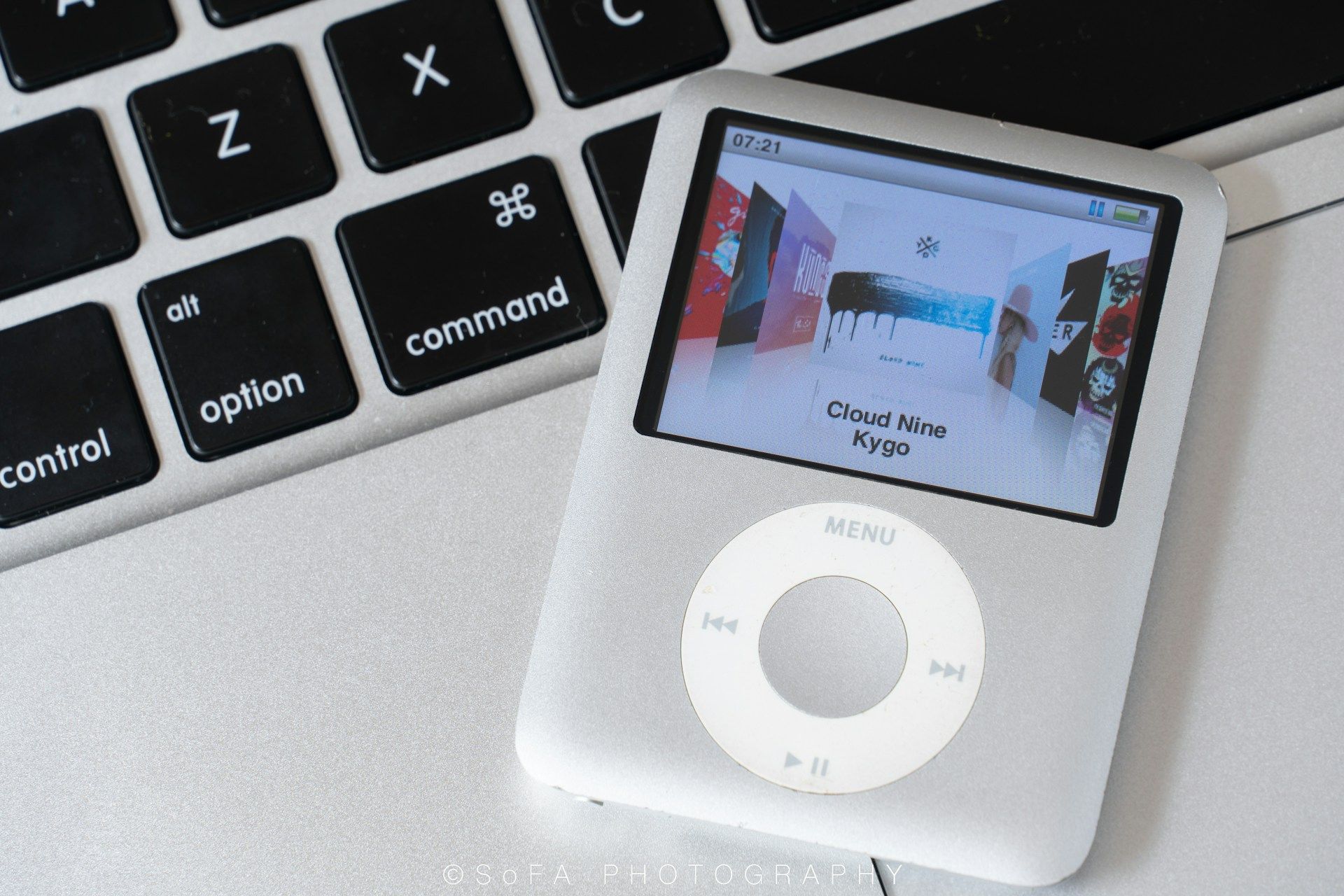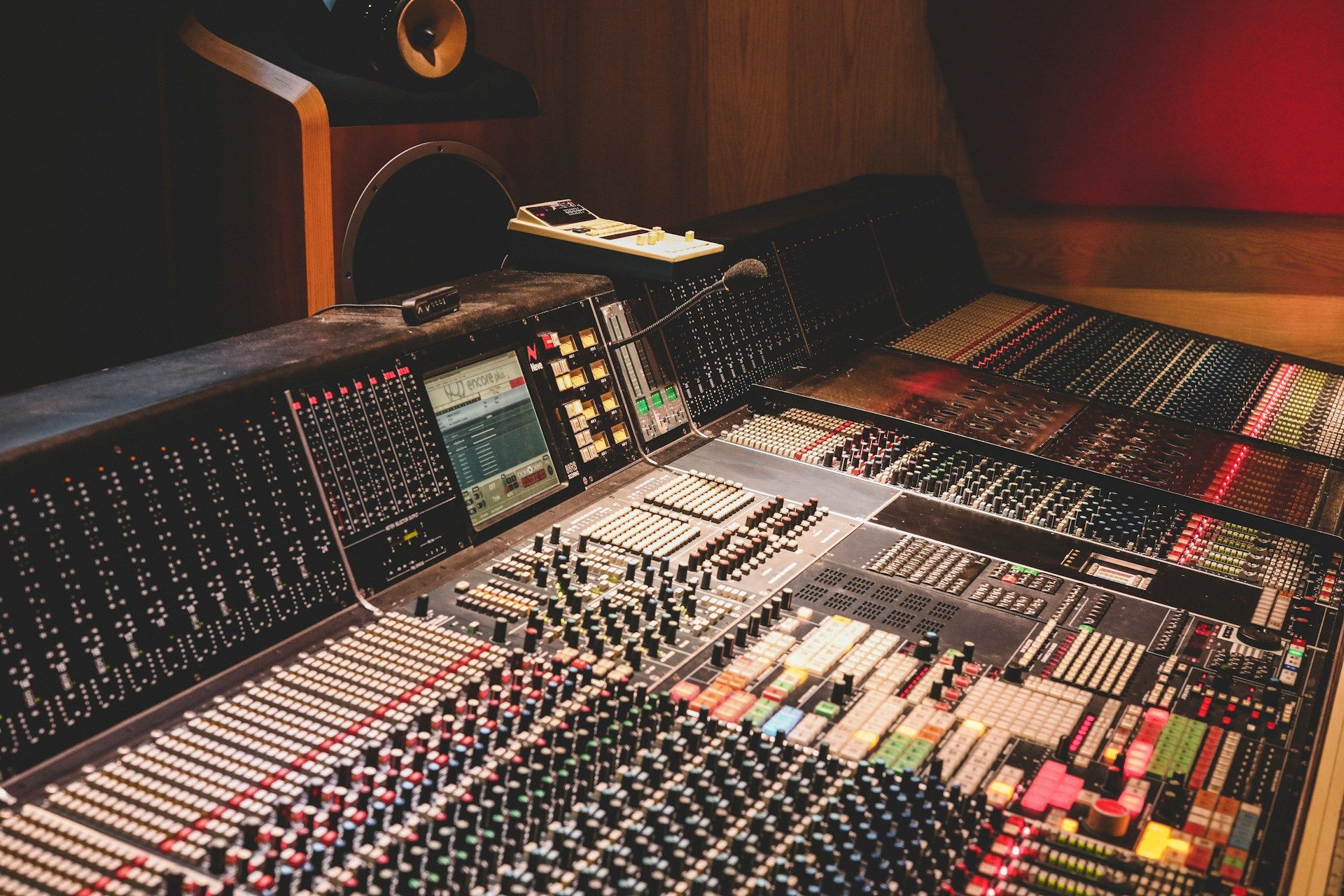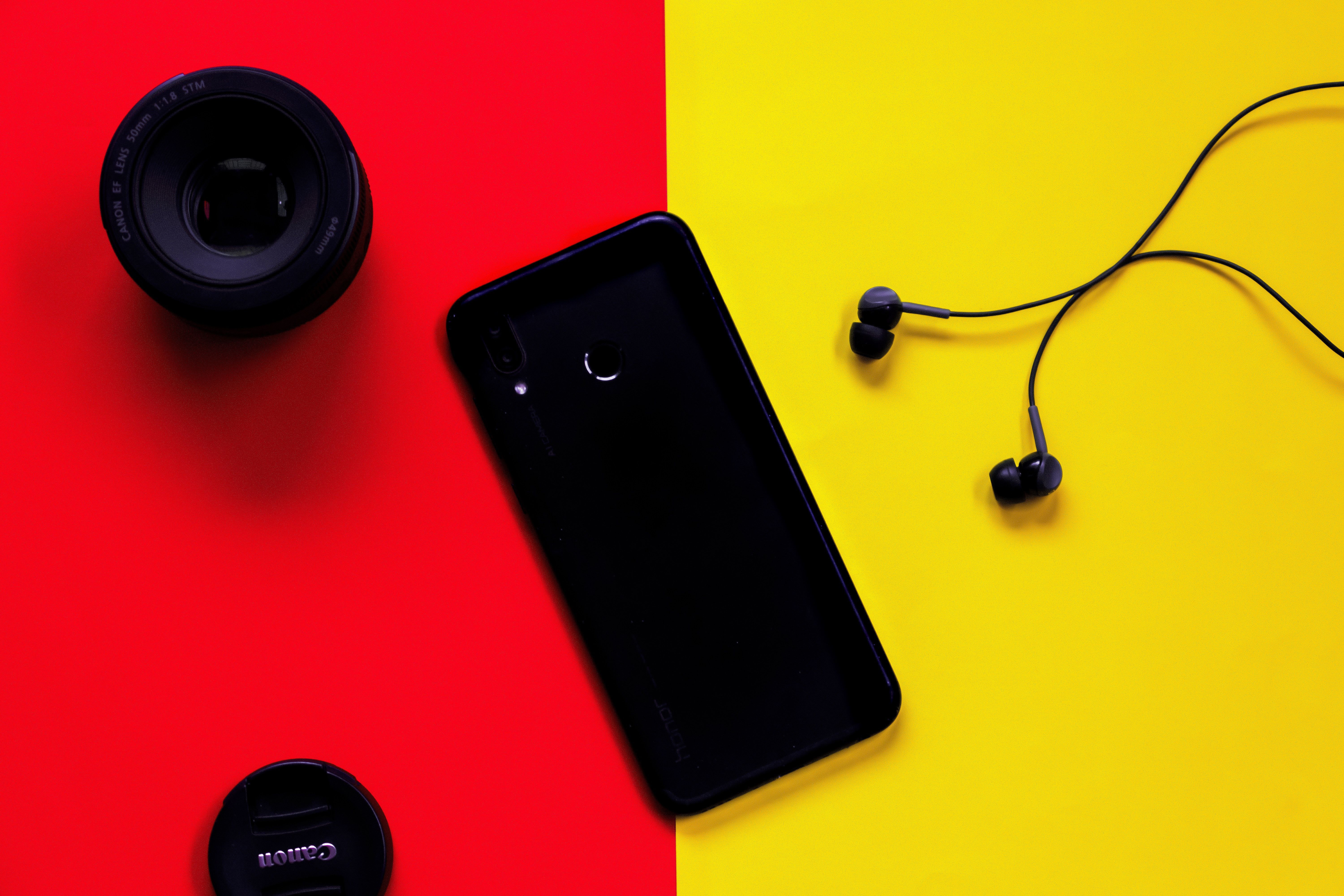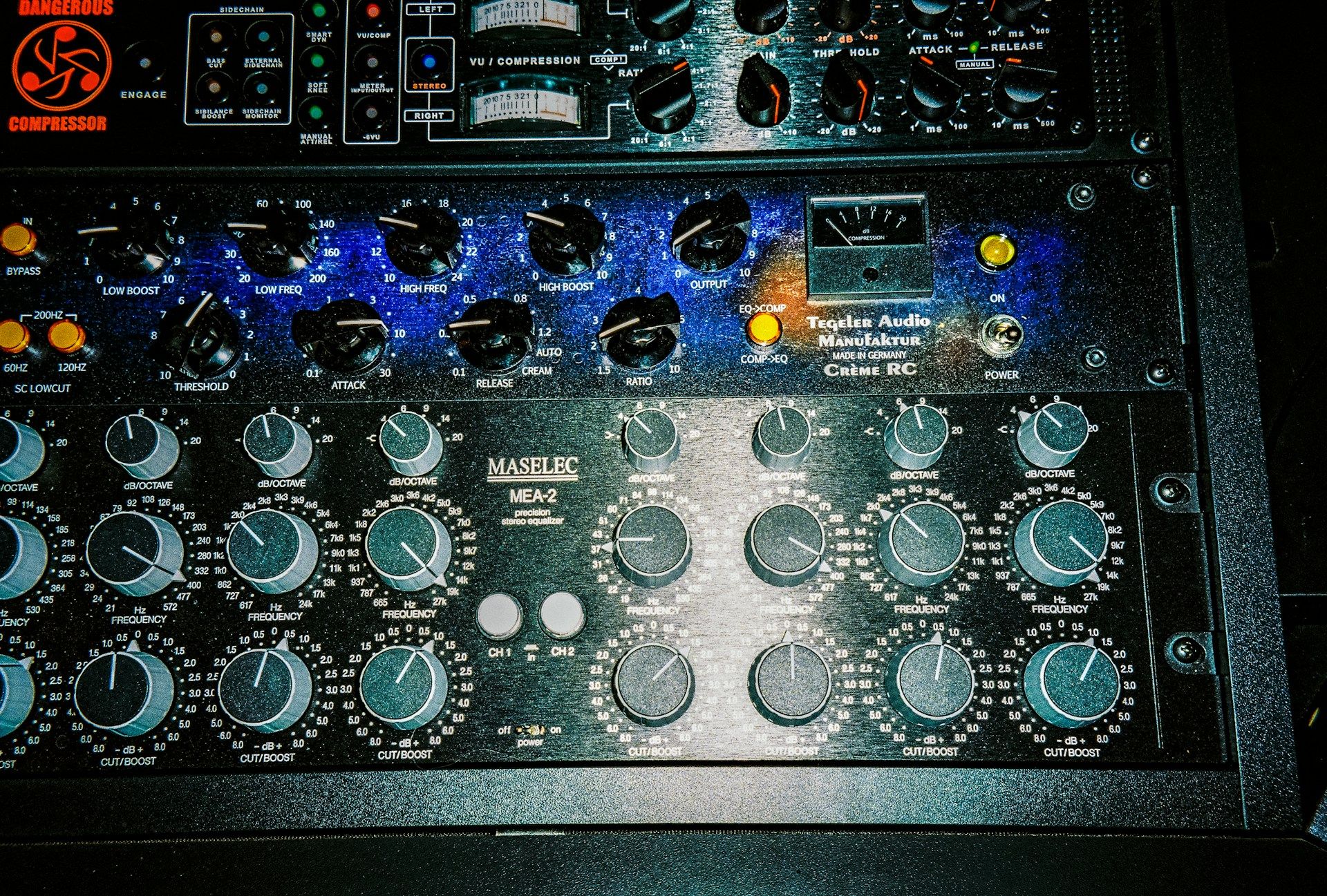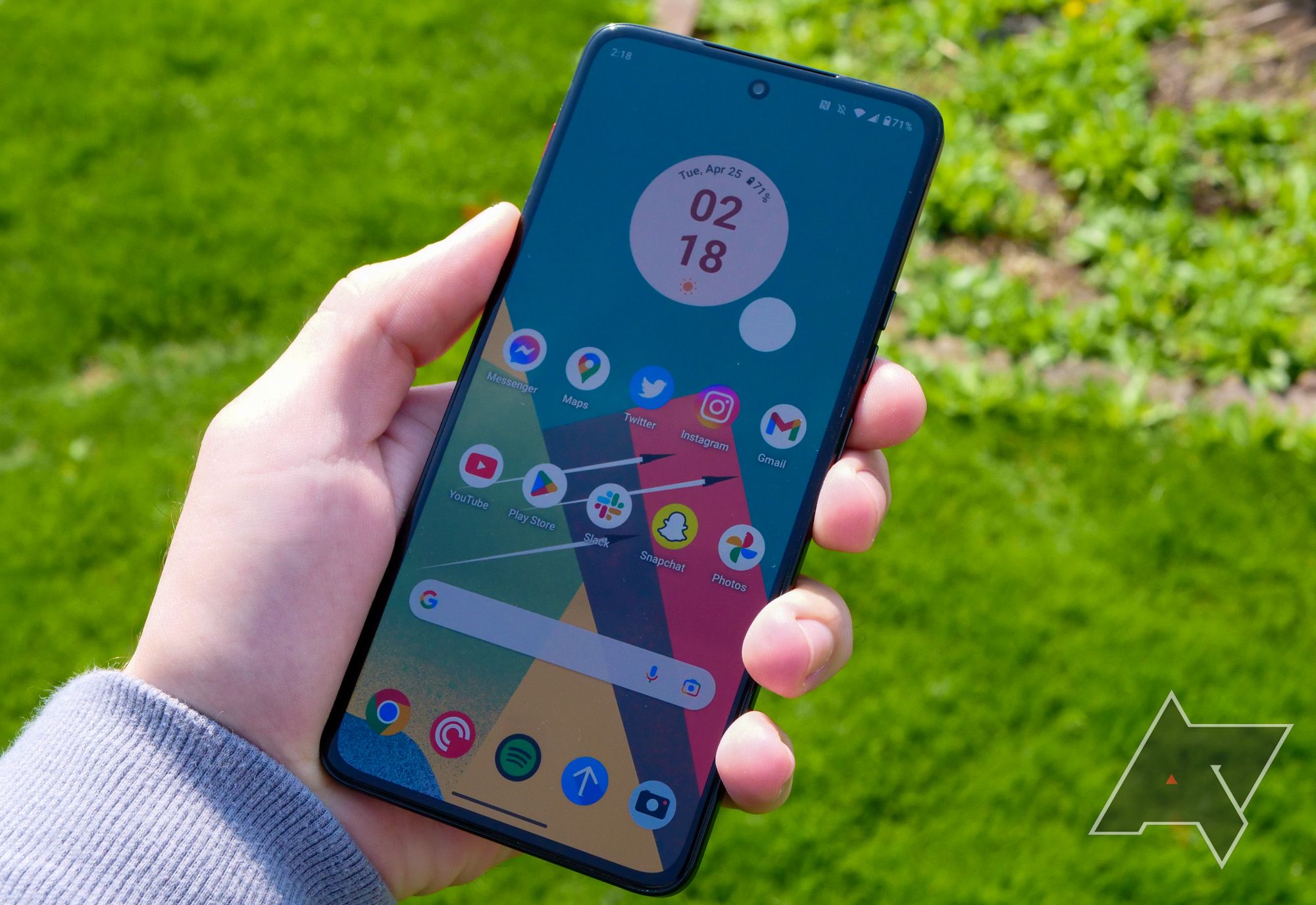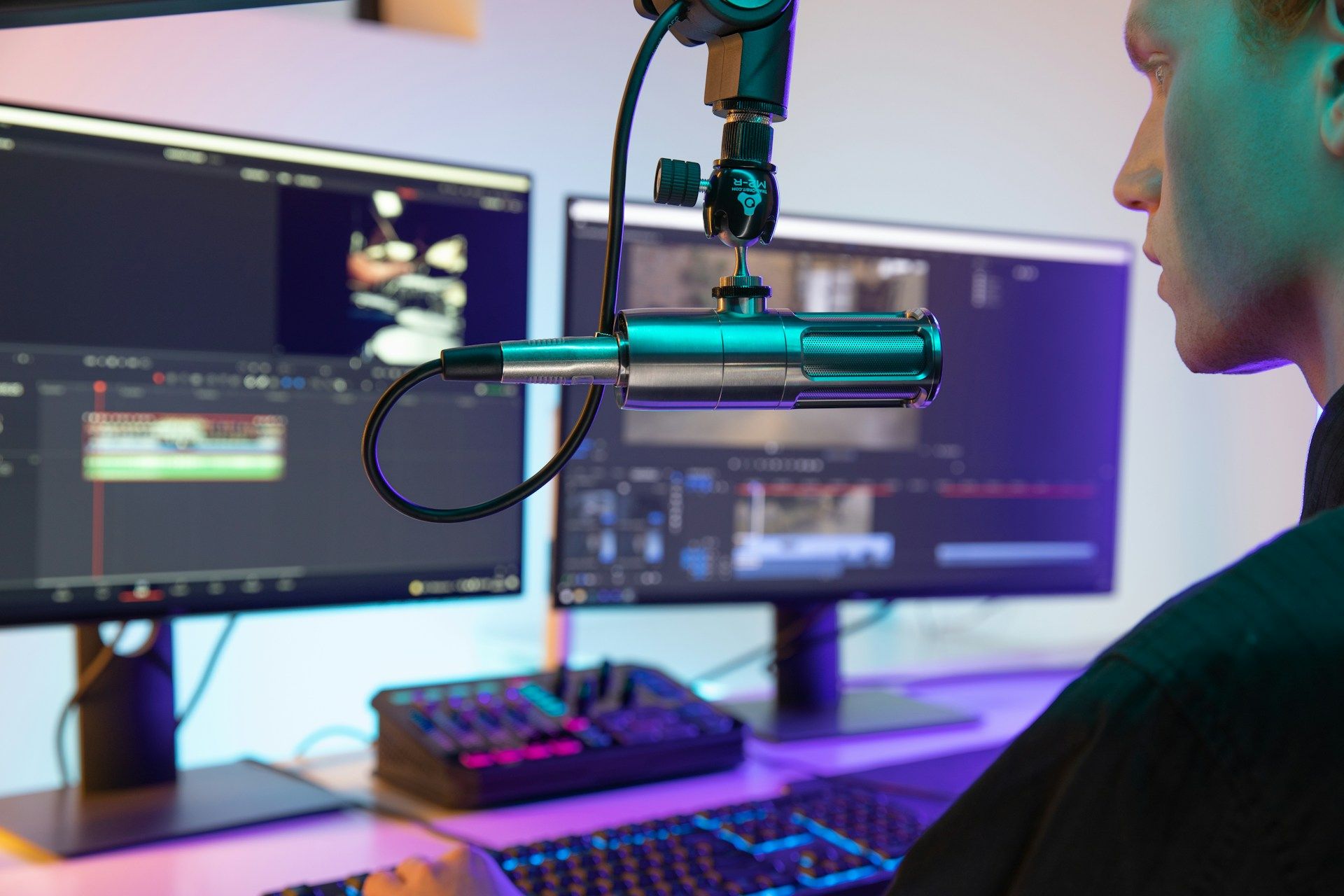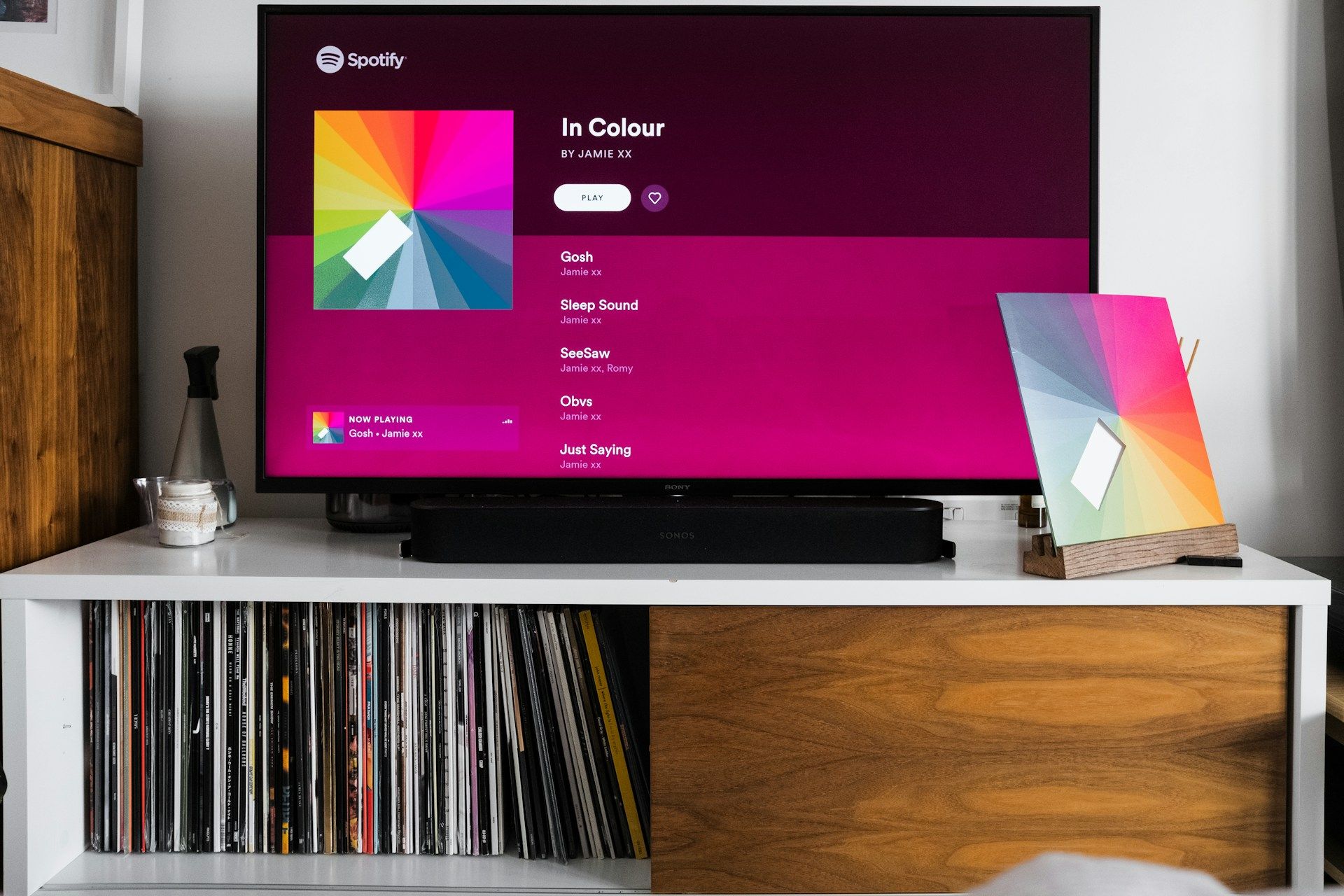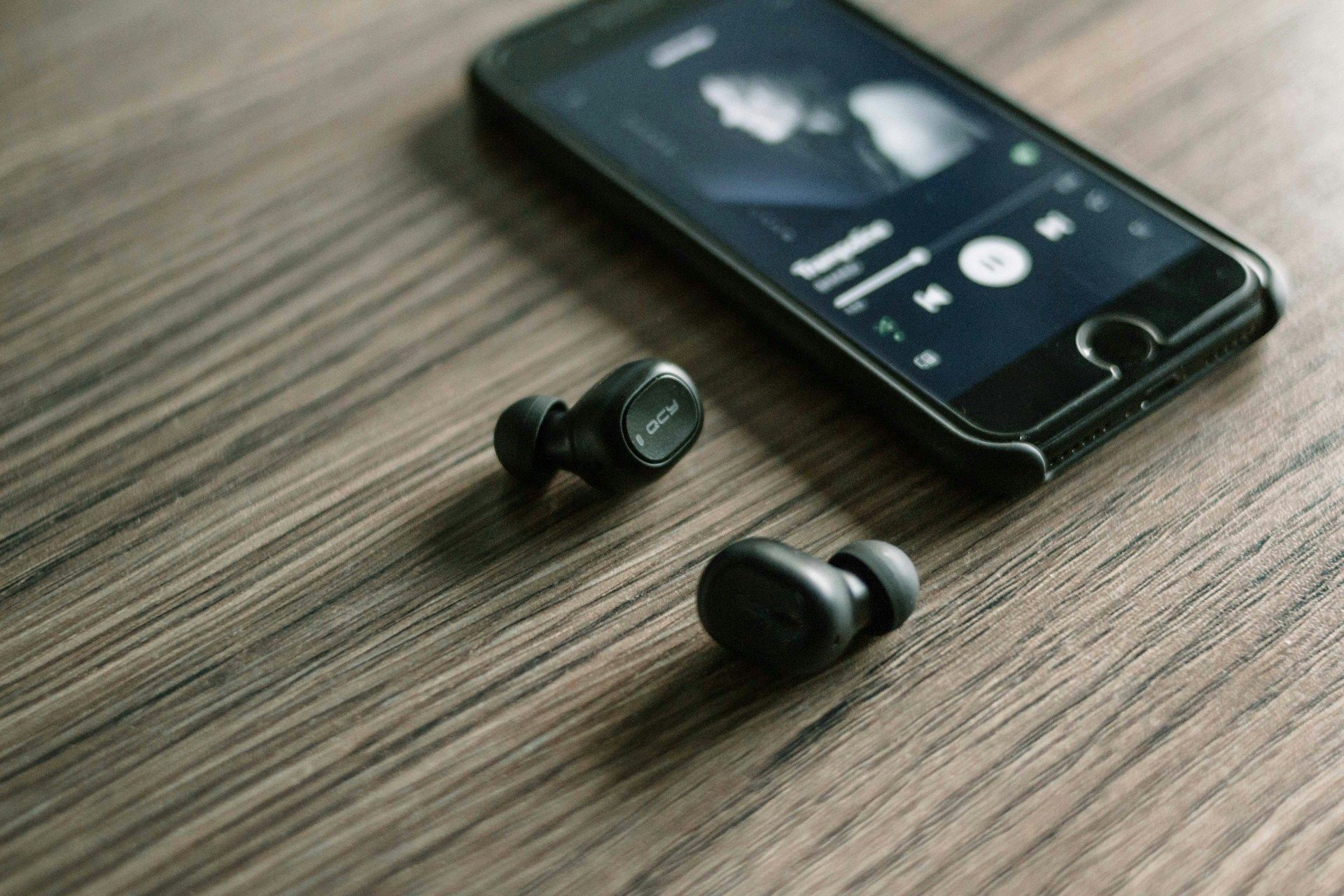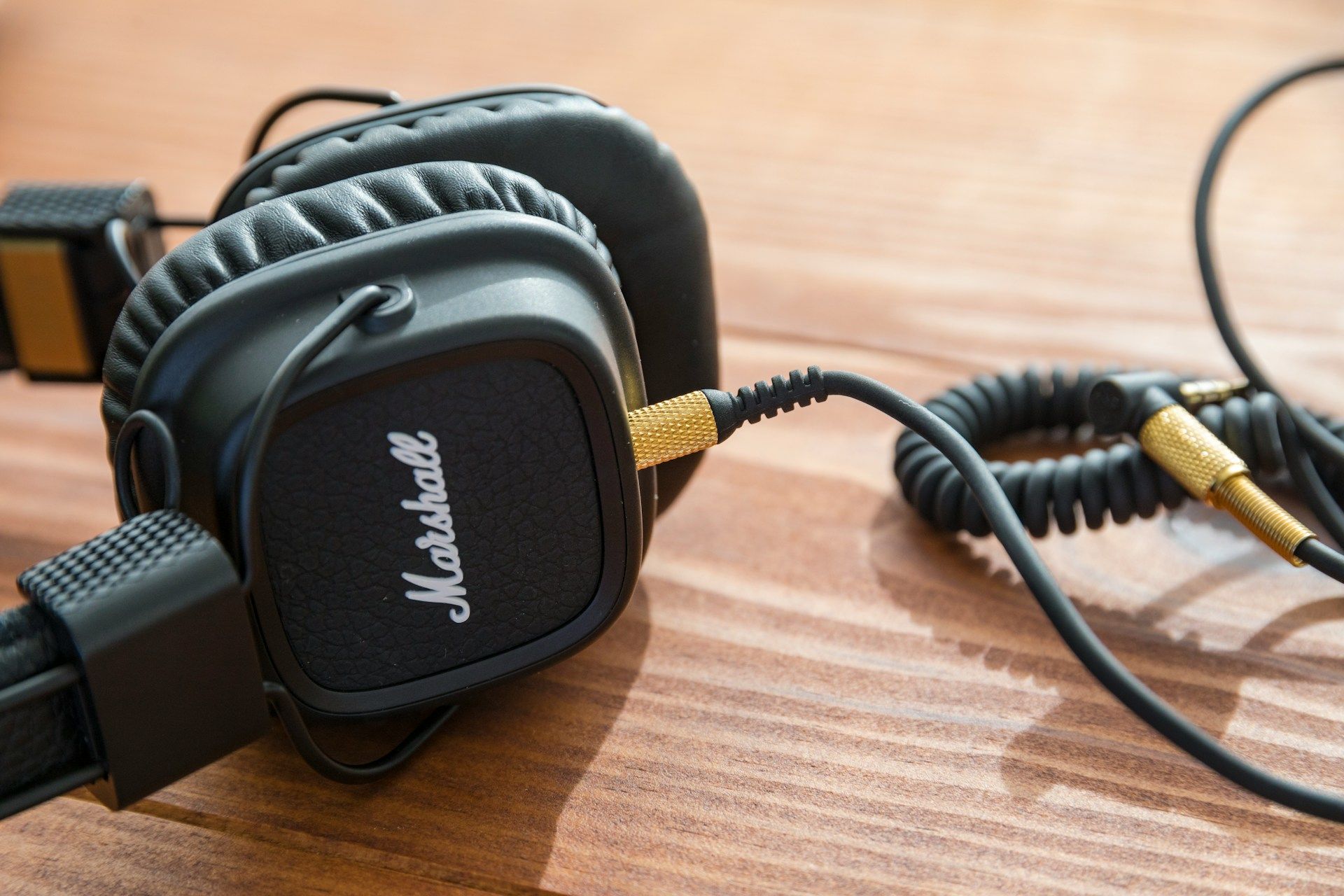The world of digital audio formats can seem complex and overwhelming, especially for those new to digital tunes. With terms like “lossy,” “lossless,” and “bitrate” being thrown around, it’s easy to get lost in the tech jargon.
In this guide, we break down the essentials of standard formats like WAV, MP3, and FLAC, explaining their strengths and weaknesses in terms of sound quality, file size, and compatibility. By understanding the differences between audio formats, you’ll be able to choose what fits your needs based on sound quality and convenience so you can easily find the best wireless earbuds.
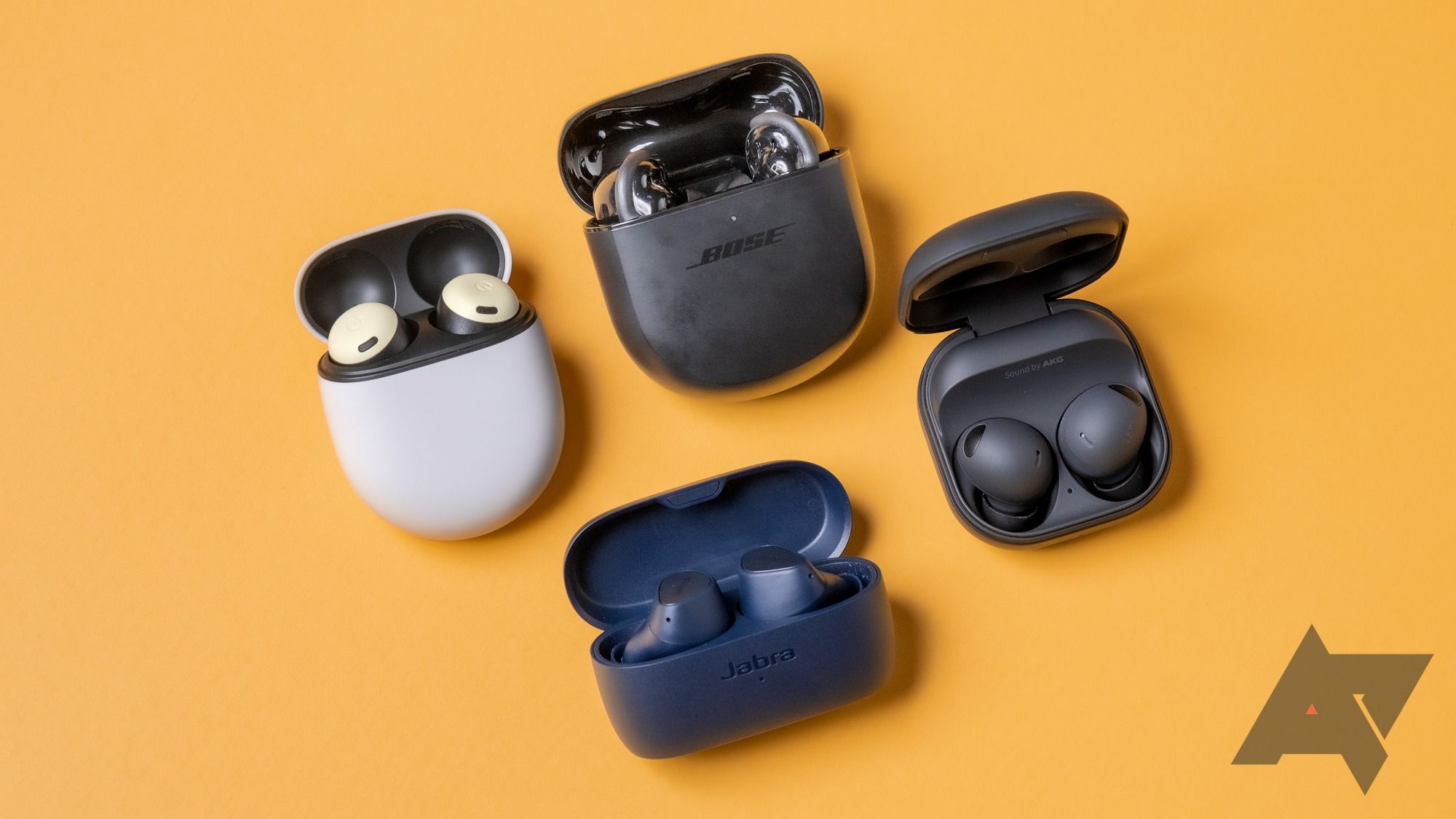
Best wireless earbuds in 2024
Your ears deserve the best, so choose the best wireless earbuds
Brief history of digital audio
Where it all started
Research and experimentation with digital audio began in the 1960s, particularly in Japan and the UK. Digital audio saw significant advancements in the 1970s, with engineers refining methods to convert sound waves into streams of numbers. Lossy compression techniques emerged in the early 1990s, paving the way for practical digital music with formats like MP2.
The MP3 emerged in the mid-1990s and quickly gained widespread adoption. Today’s formats, like AAC and FLAC, build upon these foundations. Combining efficient compression with improved hardware, they deliver better quality and flexibility than early digital formats.
Lossless audio formats
Retain all the bits you can
As the name suggests, lossless audio formats preserve the full quality of the original source audio when encoded. They achieve this through compression techniques that cleverly restructure the data, allowing for smaller file sizes without discarding any information. However, this efficiency comes at a cost, as lossless files are significantly larger than their lossy counterparts.
What is lossless audio?
Lossless compression works by finding and cleverly storing repetitive parts of the audio, like silent sections between songs. This reduces the file size without losing any vital information.
As a result, lossless formats offer near-perfect sound quality, preserving all the subtle details of the original recording. However, these benefits come at the cost of larger file sizes, typically 2-6 times bigger than lossy formats. Lossless is an excellent choice for archiving significant and high-quality recordings or when storage space isn’t a primary concern.
FLAC
FLAC (Free Lossless Audio Codec) offers near-studio quality audio in files roughly half the size of uncompressed versions while also embedding extras like album art. This open-source format avoids licensing restrictions and might be more compatible in the future. It may also require additional software for playback on some devices, although you can also convert it to MP3 files relatively quickly.
WAV / AIFF
WAV and AIFF capture all audio data, offering excellent quality but at a cost. These uncompressed formats result in large files, around 10MB per minute for CD quality. They’re ideal for professional studios with ample storage but impractical for everyday use due to their size.
ALAC
Apple Lossless Audio Codec (ALAC) is an open-source lossless format compatible with iTunes, iOS devices, and various other platforms and players that support it.
Lossy audio formats
Sometimes storage takes precedence over sound
Lossy formats achieve significantly smaller file sizes by employing perceptual coding. This intelligent compression removes audio data that is generally less perceptible to the human ear, resulting in some trade-offs in audio fidelity compared to uncompressed formats. This loss in quality becomes more noticeable at lower bitrates, where more data needs to be removed to achieve smaller file sizes.
What is lossy compression?
Lossy compression shrinks audio files by targeting sounds we typically can’t hear, like high frequencies and quiet sounds masked by louder ones. This “selective removal” significantly reduces file size compared to uncompressed formats. While moderate compression maintains good quality, extreme settings can introduce noticeable sound artifacts.
MP3
MP3 (MPEG-1 Audio Layer III) revolutionized digital music with its small file sizes, which were ideal for the limitations of early internet speeds. Though higher bitrates could approach CD quality, lower bitrates sacrifice some detail. Regardless, MP3’s widespread adoption cemented its place as a defining format and paved the way for future advancements in digital music.
AAC
Advanced Audio Coding (AAC), designed to improve on MP3, offers better compression and is used by platforms like Spotify and iTunes. It generally preserves more detail than MP3 at the same bitrate, though claims of “perfect” sound can be subjective. Re-encoding any lossy format (like MP3 or AAC) can introduce artifacts, but the severity depends on factors like the original quality, target bitrate, and the encoder used.
Other lossy formats
Beyond familiar formats like MP3 and AAC, options like Ogg Vorbis and WMA Pro offer choices that strike a balance between sound quality and file size.
Ogg Vorbis, known for its open-source nature and efficient compression, is often favored by those who prioritize both quality and wider compatibility. WMA Pro, developed by Microsoft, focuses on similar goals but might have slightly less device compatibility than some other options.
Ultimately, the “best” format depends on your individual needs. Factors like what devices you use, how much storage space you have, and your personal listening habits all play a role in the decision.
Bitrates and quality
Does higher always mean better?
One key factor influencing audio quality is the bitrate, which refers to the amount of data used per second to store the audio. Generally, higher bitrates allow for more information to be preserved, potentially contributing to a richer soundscape with finer details and dynamic range. Other factors, including the chosen audio format and the quality of the original source material, can also affect perceived audio quality.
What bitrate measures
Bitrate, measured in kilobits per second (kbps), refers to the amount of data used per second in encoded audio, like MP3. Higher bitrates allow for less aggressive compression and potentially better sound quality, but improvements become less noticeable as bitrate increases.
This is known as the “law of diminishing returns,” which means that the initial quality gains at lower bitrates are more impactful than further increases. Ultimately, the best bitrate depends on your preferences, listening environment, and whether you prioritize higher quality or smaller file sizes.
Low bitrates (32-128kbps)
Lower bitrates (32-128kbps) involve more aggressive compression and sacrifice quality. This might mean losing fine details and introducing audio artifacts. While some might find this acceptable, especially for specific music genres, spoken content like podcasts often remains clear at lower bitrates due to differing listener sensitivity and content complexity.
Mid-range bitrates (160-256kbps)
Higher bitrates (160-256kbps) offer a quality boost compared to lower rates, with file sizes still reasonable. This might work for popular music genres, but intricate genres like classical or jazz may still exhibit flaws. Studies suggest AAC might sound slightly better than MP3 at similar bitrates, especially for specific audio types.
High bitrates (320kbps+)
Above 320kbps, even audiophiles might struggle to tell MP3/AAC from CD quality in blind tests. However, individual preferences and complex music can influence this. While these compressed formats approach CD quality at high bitrates, they still lose some data compared to uncompressed formats. This trade-off becomes more significant as bitrates and file sizes increase.
Streaming audio quality
It varies from provider to provider
Music and podcast streaming services let you access vast catalogs instantly. Their audio quality varies in a few key ways, however. Let’s break down how connection speeds, quality settings, and downloads impact what you hear.
Varying bitrates based on connection
Streaming services adjust the bitrate of your stream based on your internet speed to avoid buffering. This can mean lower-quality audio, but higher-quality settings aim for CD quality or above. However, even on high settings, the actual bitrate can fluctuate between 192kbps and 320kbps due to factors like network congestion. This fluctuation is less noticeable on wired connections compared to mobile data.
Level loudness differences
Streaming services offer lower quality options (like 96kbps) that some might find suitable, depending on genre and preference. The playback level also matters. Higher settings prioritizing the original dynamic range may sound quieter than those with loudness normalization. This can alter the audio characteristics, which is noticeable when adjusting the volume across different settings.
Offline saving quality
Downloading music from streaming services (like Spotify or Tidal HiFi) lets you lock in consistent audio quality (up to 320kbps or even lossless) but requires storage space. While convenient for consistent quality offline, downloaded music might not auto-update and may need manual management compared to online streaming.
Bluetooth audio codecs
Things get more complicated when you go wireless
While Bluetooth offers the convenience of wireless listening, the quality of the audio experience can be influenced by various factors, including the chosen codec.
Let’s delve into common Bluetooth codecs like SBC, AAC, aptX, and LDAC, exploring their bitrates, compatibility with different devices, and how they impact audio performance.
SBC
Bluetooth offers wireless convenience, but sound quality varies depending on the codec used. The standard SBC codec prioritizes low complexity, sacrificing detail for wider compatibility. Newer codecs like aptX and LDAC offer better quality but require compatible devices on both ends. While some audiophiles prefer wired connections, others find newer Bluetooth codecs acceptable, especially when they prioritize convenience.
aptX and aptX HD
Qualcomm’s aptX and aptX HD promise better sound quality than standard Bluetooth (SBC) at similar bitrates, potentially approaching MP3 quality. However, their 576kbps aptX HD requires compatible devices from both sender and receiver, which isn’t always the case.
While Android commonly uses aptX, AAC is also used by some manufacturers, and Apple devices primarily rely on AAC. Bluetooth can experience occasional drops and interference, impacting audio quality. However, the severity depends on the environment and distance between devices.
LDAC
Sony’s LDAC boasts the potential for high-resolution audio at 990kbps but often operates at lower bitrates to maintain a stable Bluetooth connection. Despite this, it can still offer better sound quality than standard codecs like apX and SBC for those prioritizing high-fidelity within a compatible Sony or Android ecosystem. However, Bluetooth limitations like occasional signal drops and latency remain, with their severity varying based on environment and device proximity.
Digital audio is an ongoing evolution
Whether portability or quality are the priority, there’s always something new to explore
Whether wired or wireless, it all boils down to what matters most to you. For casual listening on the go, compressed formats like MP3 or AAC at 320kbps offer a good balance of quality and size. But if crystal clear audio is your priority, wired connections and lossless formats like WAV or FLAC might be better, especially for critical listening or professional use.
The good news is that the audio world keeps getting better. Lossy formats are improving efficiency, storage costs are decreasing, and new codecs are pushing wireless quality boundaries. As technology advances, we can expect even better audio experiences across all formats.




